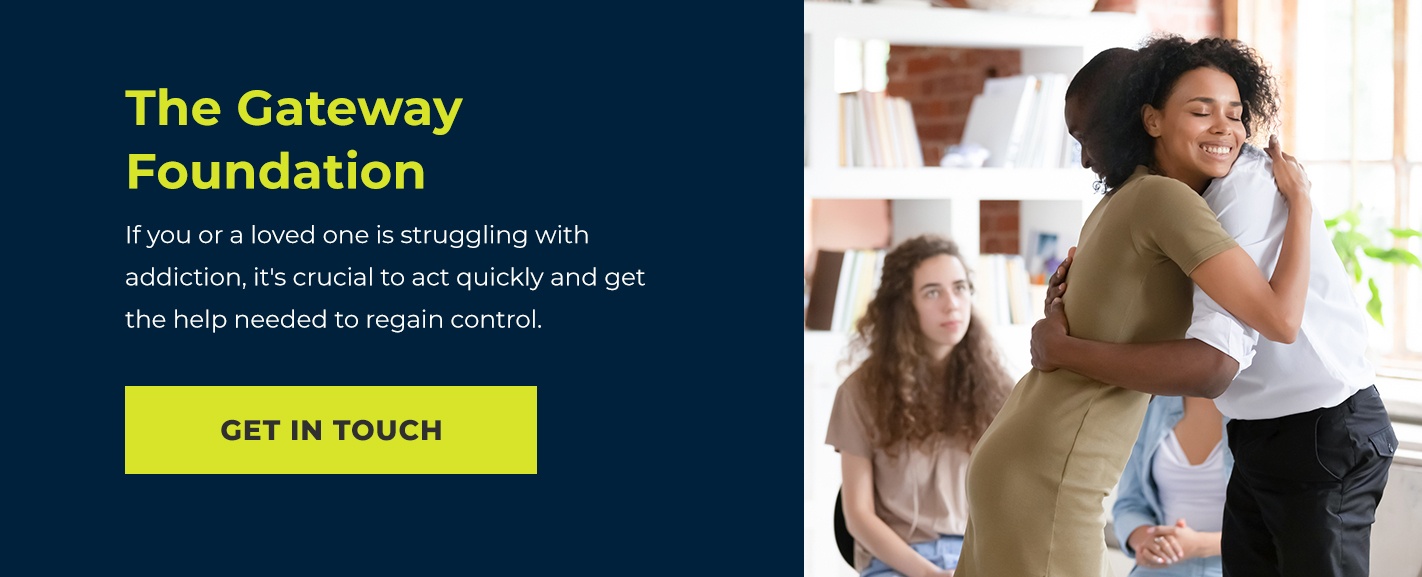- Apr 24
- AddictionDrug Detox
Addiction — the compulsive need to use and abuse drugs — is a severe and life-threatening condition. It strips you of money, relationships, career and health. Sometimes, addiction starts as a way to relax or have fun with friends. Other times, it results from the misuse of prescription medications given after a painful medical procedure. Regardless of how you got to this point, addiction can leave you feeling like you’re alone at the bottom of a dark hole.
In the United States, one out of every seven people faces addiction in their lifetime. If you or a loved one is struggling with addiction, you are not alone. And there is help.
If you are addicted to alcohol, opioids, heroin or specific other drugs, a medically supervised withdrawal program — commonly referred to as “detox” — is a critical first step toward recovery. Ridding the body of the chemical grip drugs and alcohol have on it significantly impacts a person’s ability to complete a rehab program and regain control of their life.
This process isn’t easy. There are severe physical and mental side effects to going through withdrawal, even with the appropriate medical supervision. But if you are serious about breaking free from the cycle of abuse, it’s a crucial first step toward the rest of your life.
- What Is Medical Detox?
- Types of Detox
- Detox Symptoms
- Detoxification Process
- Dangers of Detoxing Alone
- How to Know If You Need Detox Treatment
- Setting Yourself up for Success After Detox
What Is Medical Detox?
Detoxification is the process that frees the body and mind of the addictive chemicals it has stored up during drug use. Drugs like opioids, heroin or alcohol actually do more than temporarily alter your mental state — if used long enough and in high quantities, they can also interfere with your cognitive abilities and your body’s day-to-day ability to function.
When a person quits using these drugs, the body responds fully and quickly.
Why?
The body has become accustomed to operating with the help of these substances. Without them, it doesn’t remember quite how it’s supposed to work. It reacts to the missing chemical with a strong, and sometimes severe, response. In some cases, the reaction may be mental, such as insomnia, anxiety or mood swings. In other cases, symptoms may be physical, such as vomiting, fever and even seizure. Often, the mental and physical side effects overlap, resulting in discomfort and pain for the person who is addicted.
Because of the potential dangers associated with drug and alcohol detox, it’s vital to undergo medically-supervised withdrawal, which is the process of detoxifying under the trained eye of medical professionals through a detox treatment center. This type of supervised program provides protection, support and comfort for the person trying to work through addiction. Indeed, it is an essential first step toward a successful journey through drug rehab.
Types of Detox
Drug addiction is scary. Seeking help for yourself or a loved one is a brave decision. If you have decided to get help, you might be trying to determine which type of medical detoxification program is right for you. Every treatment facility is a little bit different, and you should always consult your doctor and the facility before making any treatment decisions.
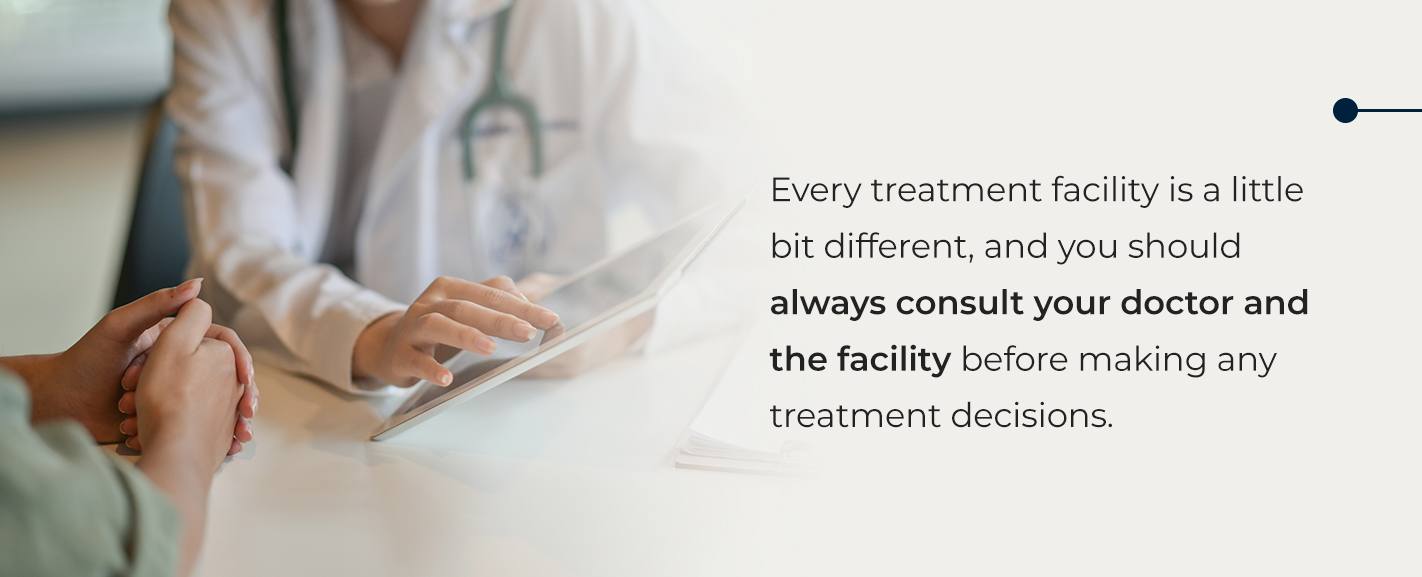 In general, there are three types of drug detox programs.
In general, there are three types of drug detox programs.1. Outpatient Detox
Outpatient detox allows the patient to detox at home while under the regular supervision of a medical professional and drug treatment facility. The benefit of this is that they can remain with their families and in the comfort of their home. However, the downside is that they aren’t under 24/7 medical supervision, meaning there is a higher risk of relapse or medical complications that may arise when help isn’t available.
2. Medical Detox
In the previous section, we defined medical detox as a medically supervised withdrawal program. However, the term “medical detox” can also refer to a program that uses other medications to ease some of the mental and physical symptoms associated with drug withdrawal. You will typically take these medications for a short period, and their primary goal is to ease the impact of the withdrawal period. Once your doctor determines you have completed the withdrawal period, they will instruct you to reduce or eliminate the medications. You can choose to complete medical detox in an inpatient or outpatient setting.
3. Inpatient Detox
The idea of leaving your home and your family, even for a brief time, can be intimidating. A lot of people are frightened by the idea of going through a grueling withdrawal without the people they love nearby. Leaving your loved ones and entering treatment is hard, but it is often the best way to overcome addiction.
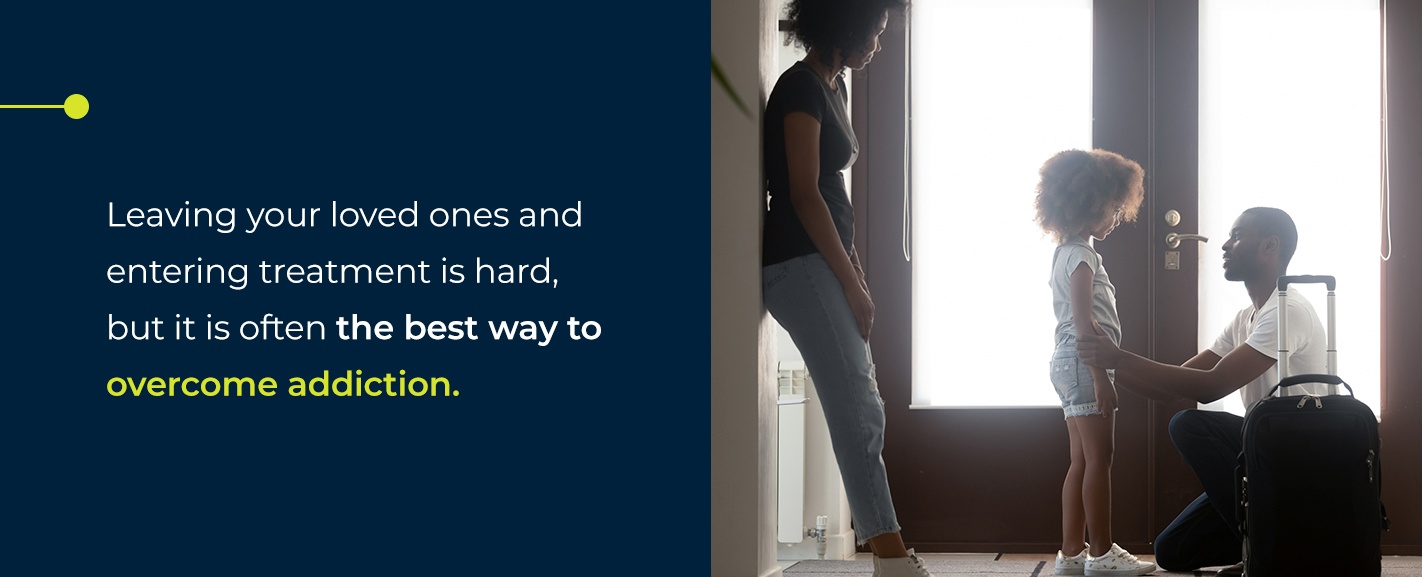
Even the most caring, supportive family may not be able to withstand the rigorous detoxification period. They may not have the medical knowledge or training to address some of the physical side effects that arise, and they might not be emotionally able to stand up to the monster of addiction as it rears its head.
The safest way to navigate the detox process is at an inpatient facility under the constant supervision of medical professionals. Even though this means leaving the comfort of your home, it’s often easier — and safer — to experience withdrawal symptoms in a safe place where help is always close at hand. Entering an inpatient facility alone is hard, but it’s also a beautiful way to show your loved ones that you care enough about them to fully commit to this process.
Detox Symptoms
There’s no way to sugarcoat it — medical detoxification can be grueling. The mental and physical side effects of withdrawal can be painful and overwhelming. The symptoms you experience will depend on body chemistry, the type of drug and the length of time the addiction has been going on.
The duration and severity of withdrawal side effects aren’t always predictable. However, some of the most common effects include:
- Anxiety
- Nausea
- Insomnia
- Hallucinations
- Seizures
- Rapid heartbeat
- Fever
- Sweating
- Muscle pain
- Irritability
- Fatigue
 The Detoxification Process
The Detoxification Process
Besides understanding how to detox your body from drugs safely and knowing what you may experience during the withdrawal process, it’s also essential to realize that medically supervised withdrawal, just like addiction recovery, is a process. It won’t happen in a day, and it will look different for everyone.
Although the length and severity of symptoms can vary from person to person, the detoxification process tends to follow a pattern when it comes to what people experience and how long it lasts. During medically supervised withdrawal, patients cycle through four stages.
1. The Beginning
Risk of relapse: Low to moderate
The earliest stages of detox can begin as soon as a couple of hours after the last use of a drug. In some cases, it may take longer. The symptoms of this initial phase may seem mild and controllable. That is because the body is just starting to crave the substance it relies on, and often, there may still be some working its way through. This stage is a prime time to seek help because, in many cases, the person struggling with an addiction is coherent enough to recognize their need for help and willing to agree to treatment. Once they have entered a treatment facility, their clinicians can develop and implement a plan to address and manage the next phase of withdrawal. A physician may also prescribe medication to ease specific side effects.
2. The Peak
Risk of relapse: High
The peak stage of medically supervised withdrawal typically occurs between days two and five after drug use has stopped. Withdrawal symptoms will be the most severe at this time. For the first few days after the drugs are finally out of the body, it may struggle to function. These challenges represent the body’s way of recovering and relearning how to operate without the chemicals it has become accustomed to. It can be mentally exhausting and physically painful. The chance of relapse becomes so high because the body craves what it is used to, even though it’s unhealthy.
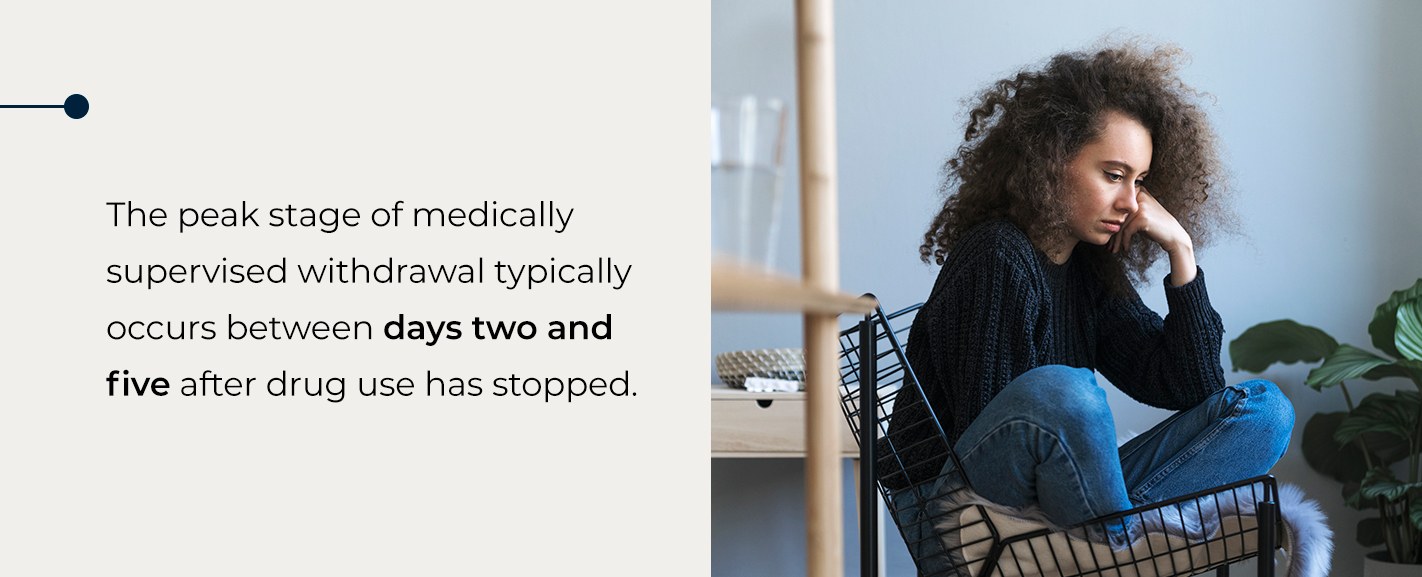
During this time, treatment facilities will work closely with the patient to mitigate the impact of symptoms — when possible — and ease the severity of their discomfort. This monitoring also includes keeping a close eye on their physical condition, since withdrawal from some drugs can result in seizures and heart problems.
3. The New Normal
Risk of relapse: Moderate and decreasing
After a few days, many people notice gradual relief from the most severe symptoms. Others, such as those addicted to alcohol, may find the most severe symptoms are just beginning. However, after a couple of weeks, most find their minds start to clear and they are better able to understand and receive the treatment offered to them. This stage is often when the use of medicines — if applicable — can decrease, and the treatment team can begin incorporating counseling into the recovery program.
4. Conclusion
Risk of relapse: Moderate
Approximately two weeks after entering a detox program, the worst side effects of withdrawal should subside, but the true work of overcoming addiction is just getting started. As the medically supervised withdrawal period comes to a close, patients transfer to a drug rehab program where they can begin the process of healing both physically and emotionally. Moving into an inpatient drug rehab program provides a safe, supportive environment to address the addiction itself while providing a support team that can continue to monitor and mitigate any lingering withdrawal symptoms.
Although most symptoms will have eased by this time, some patients do find themselves dealing with post-acute withdrawal syndrome. This phenomenon entails a continued display of specific withdrawal symptoms, typically anxiety, insomnia and mood swings. When this occurs, a doctor can prescribe medications to manage symptoms.
Dangers of Detoxing Alone
One of the most significant risks associated with drug detoxification comes in trying to go it alone. Home detoxification kits — or the determination to quit “cold turkey” — can have severe and potentially fatal consequences.
1. Health Risks
The side effects of withdrawal include things like severe mood swings, seizures and heart problems. If you are detoxing alone, there are no trained medical professionals nearby to detect these problems and treat them promptly. In some cases, it’s even possible to treat side effects before they happen with prescription medications specifically designed to ease the effects of withdrawal. But if you aren’t under the care and supervision of a medical team with experience in addiction, these medications won’t be available.
2. Lack of Support
One of the benefits of undergoing detox in a medical facility is that you are never far from an experienced, caring team of professionals who can help and support you through the worst of your withdrawal symptoms. Depending on your needs, they can administer medications to help ease cravings or withdrawal symptoms. They can also monitor you and provide emotional support through the tough days.
We understand that it can be hard to think about leaving your family, especially if you have children at home. But choosing to seek professional help in overcoming your addiction shows your family how much you care about getting better and resuming your life together. Family members can and should provide support to you during detoxification. The facility where you choose to undergo detox can guide your loved ones on the best way to remain supportive during this challenging time.
3. Risk of Relapse
Even if you’ve decided you need to stop doing drugs, your body may not be able to keep up with your brain’s decision. When your body is addicted to a chemical, it craves that substance. You may know it’s unhealthy, but your body has become wired to need that substance to function. When you don’t have help and support during detox, it becomes easier to give in to the cravings to continue using drugs, rather than let your body heal.
Treatment for drug addiction is more likely to have long-term success when it takes place at a long-term reputable inpatient facility. Research has shown that the odds of making a long-term recovery from drug addiction are significantly higher with medically assisted interventions and therapies. Those who try to overcome addiction on their own don’t have access to the treatments and support that can guide them through the ups and downs of the withdrawal process.
How to Know If You Need Detox Treatment
Detox treatment can be a crucial part of a drug addiction recovery program. However, it’s most effective for individuals with addictions to:
- Heroin
- Opioids
- Alcohol
- Benzodiazepines
Detox is necessary for those who are addicted to these drugs because of the severe physical effects they have on the human body. They alter chemical activity in the brain to the point where the body has to relearn how to function without them once they are no longer present in the bloodstream. It takes time to remove them, as well as ease your body back into working on its own again.
 Setting Yourself up for Success After Detox
Setting Yourself up for Success After Detox
Detox is a critical first step toward a drug-free life, but it’s not the only step. Once you have completed detox, it’s time to move on to the next step in the recovery journey.
1. Enter a Reputable Drug Rehab Program
The goal of detox is to help you regain the physical strength and mental clarity needed to complete drug rehab. Once the side effects of withdrawal subside, it’s time to begin the work of rehabilitation.
Although some people choose to go straight from detox to outpatient rehabilitation programs, starting in an inpatient rehab program often provides the round-the-clock support and care needed to begin working through the psychological aspects of addiction. Rehab will include continued treatment and monitoring for withdrawal side effects, as well as an intensive therapy program designed to address the underlying issues behind addiction.
Your doctor or treatment team can recommend the best rehab option based on your specific circumstances.
2. Find a Support Group
It’s essential to realize that the work of recovery doesn’t end when someone completes a formal drug rehab program. One of the most significant advantages of rehab is the constant help and support from the medical staff, the counseling team and your peers going through the rehab program alongside you. Once you have completed your formal rehab program, you should immediately establish yourself in a healthy, drug-free social network that will continue to encourage you and provide a helping hand when you need one. The best way to do this is through participation in support groups, such as Alcoholics Anonymous or Narcotics Anonymous, 12-step programs designed to provide therapy and support in an accepting community setting.
3. Establish a Structured Living Environment
During rehab, everything is incredibly structured. Use this structure as a template for post-rehab life. Eat meals at the same time, sleep at the same time and schedule free time to pursue hobbies. Block off hours on your schedule for physical activity and, if you wish, spiritual pursuits. Also, make sure to incorporate time for engagement with a social circle who can be a positive influence on you.
In the earliest phases of recovery, you will need your family members to be especially supportive of your process. Although it may mean a change in routine or habits for others in the home, it can also be an excellent chance for families to come together to provide the love and compassion that are so essential to continued recovery.
This stage is also an ideal time to change your diet to support the recovery process. A balanced diet is good for anyone, but those recovering from addiction should be especially careful to consume whole foods that are high in nutrients and low in sugars and additives.
 4. Keep Things Simple
4. Keep Things Simple
Don’t expect to jump right back into a hectic lifestyle once rehab is over. Take it easy on yourself. Plan healthy, simple meals you can put together quickly — or in advance. Incorporate time to rest. Engage in light exercises such as walking or yoga. Meditate or add religious practices into your daily life. If you do resume working, maintain strict boundaries about working hours and look for ways to minimize stress.
5. Avoid Temptation
As anyone with a history of addiction knows, detox and rehab aren’t going to “cure” your addiction. The goal of these programs is to improve overall mental and physical health, so you have the tools to resist giving in to your addiction when it rears its ugly head. Part of this means learning to recognize what triggers cravings or entices you to engage in drug use. For some people, it may be a particular group of friends or a former significant other. For others, it may be a stressful job situation or an unresolved health issue. Identify those triggers and remove them from your life.
 The Gateway Foundation
The Gateway Foundation
Drug addiction is scary, but there is hope. If you or a loved one is struggling with addiction, it’s crucial to act quickly and get the help needed to regain control.
The Gateway Foundation has committed to providing specialized and innovative treatments for addiction. We recognize and apply the science behind addiction, but we also know that there’s no one-size-fits-all program when it comes to addiction recovery. So, we tailor our programs to account for individuals who have a dual diagnosis or have experienced trauma.
Fifty years and 1 million patients later, we continue doing this because we firmly believe every individual deserves to find their way out of the clutches of addiction. We offer low-cost, highly effective programs for all ages. If addiction is tearing you or your family apart, don’t wait. Contact Gateway for help today.
“Mommy Juice”: The Normalization of Alcoholism Among Mothers

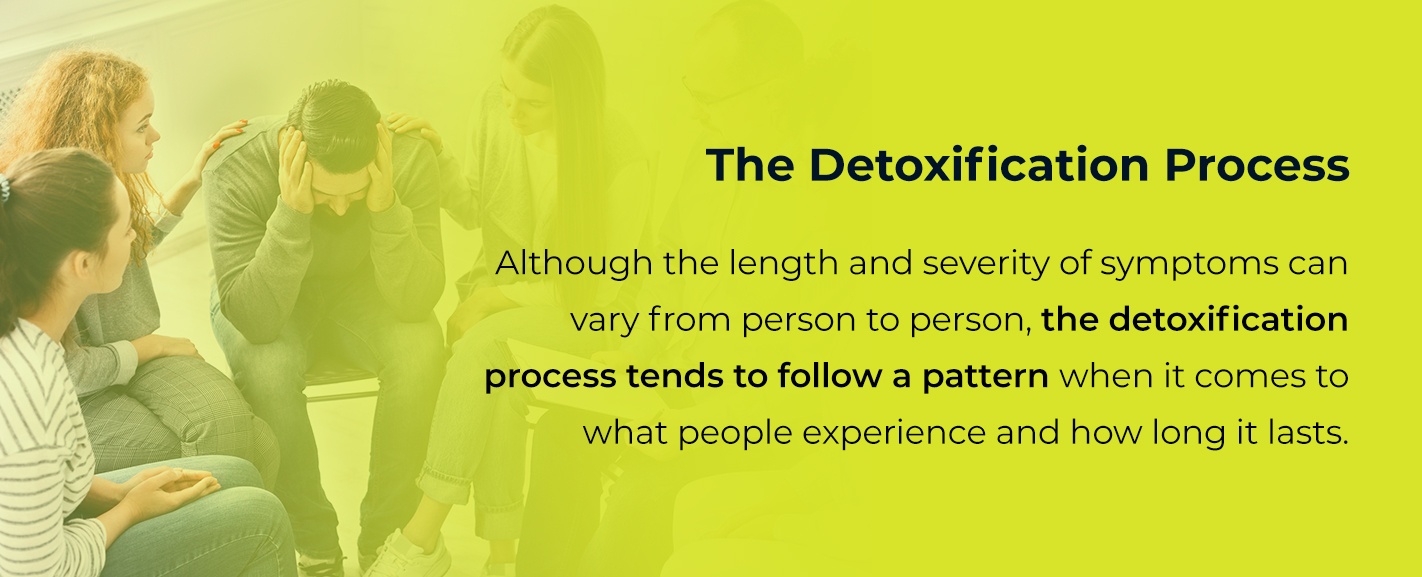 The Detoxification Process
The Detoxification Process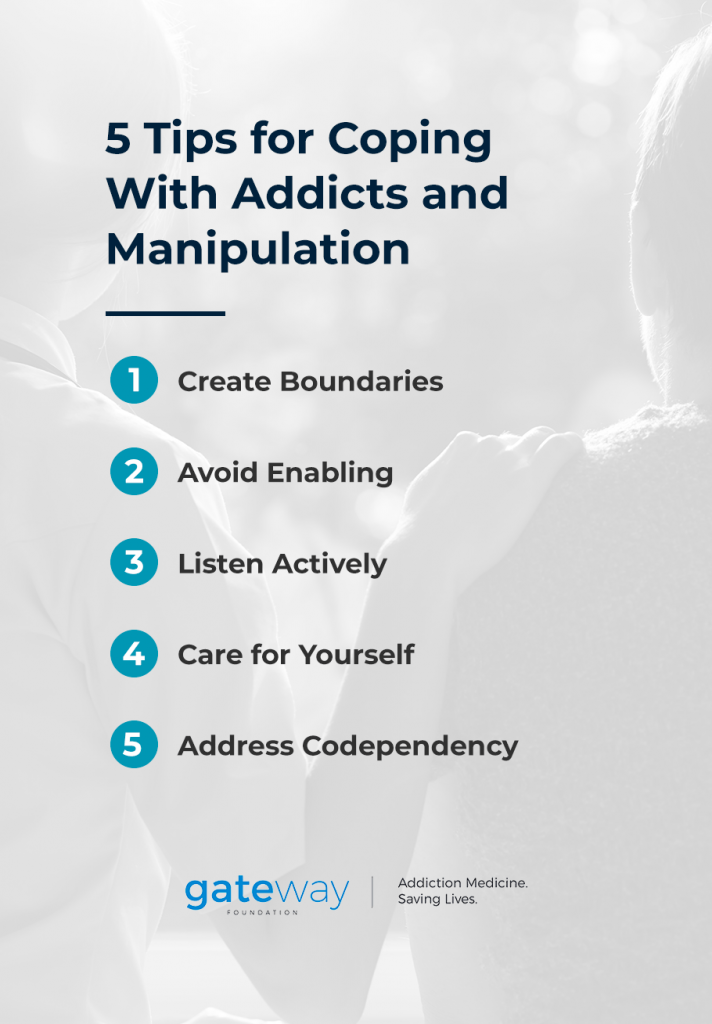
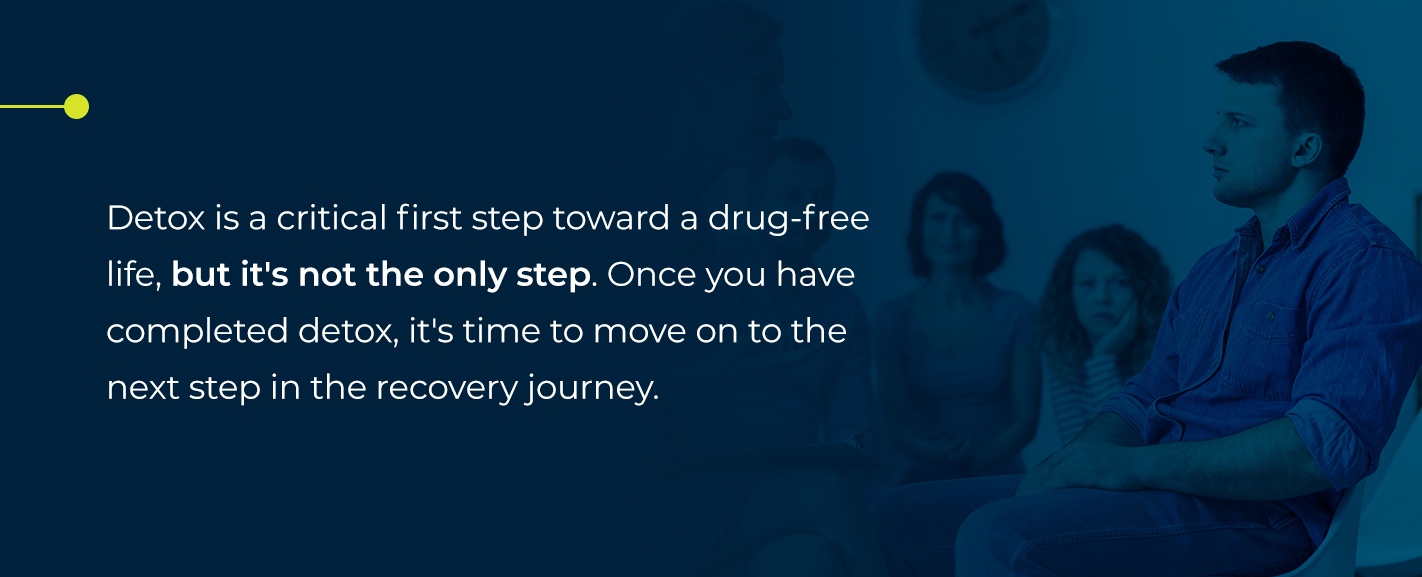 Setting Yourself up for Success After Detox
Setting Yourself up for Success After Detox 4. Keep Things Simple
4. Keep Things Simple